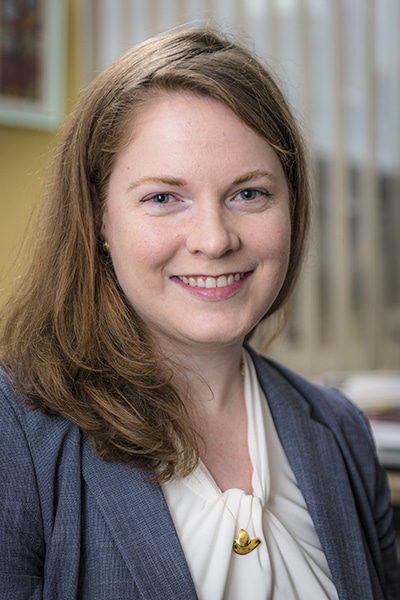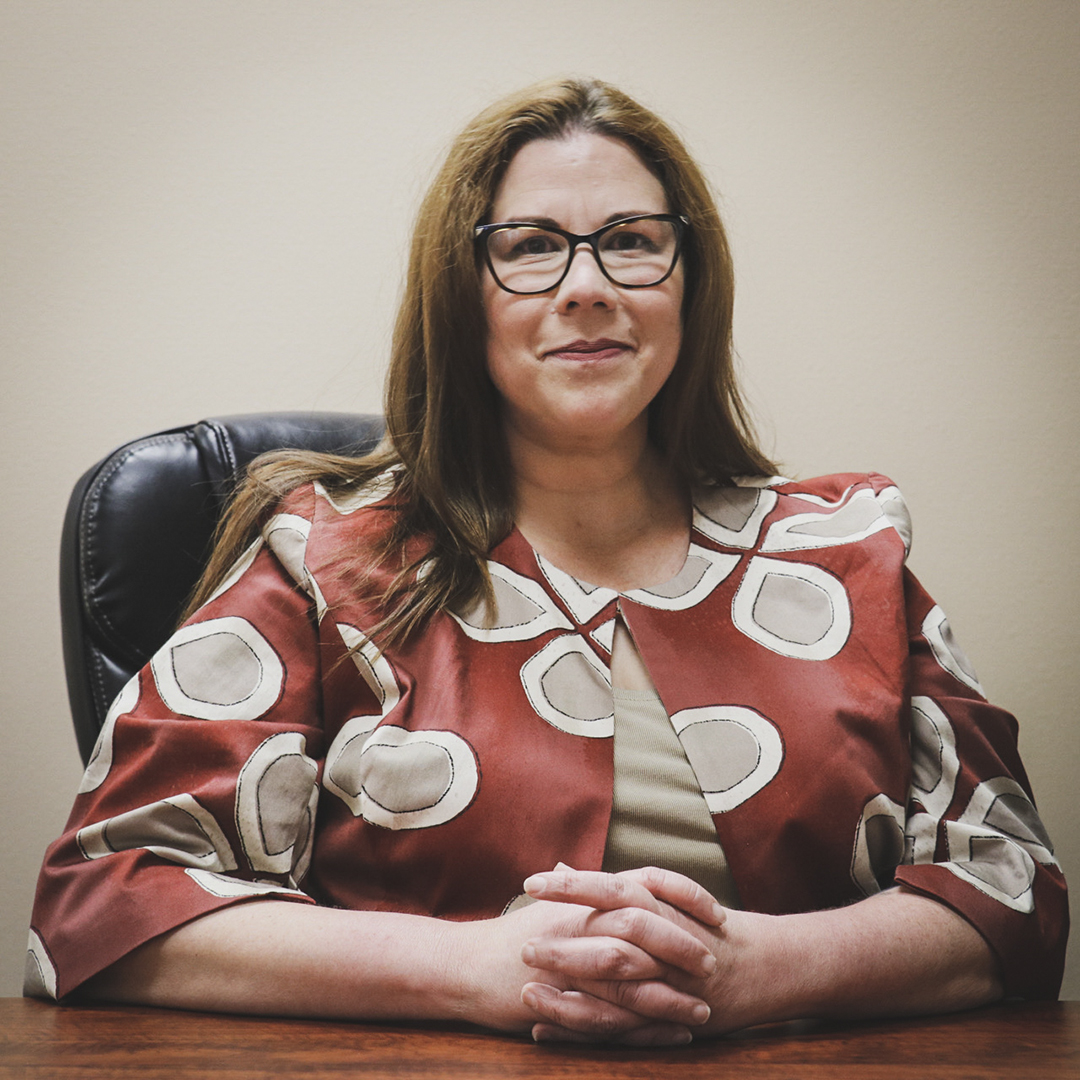|
Getting your Trinity Audio player ready...
|
Hilary Libka is a bit of a Renaissance woman. With a humanities-based biomedical engineering bachelors and a Juris Doctor degree under her belt, her range of education and interests spans across multiple fields. It’s this palette of experience that has led Libka through a diverse set of positions and landed her at her current role as chief intellectual property counsel at the Dana-Farber Cancer Institute, a world leader in adult and pediatric cancer research and treatment.

“I always loved art and reading, yet I thought biomedical engineering was cool. There’s just such a broad spectrum of things you could do with either of these areas of academics,” Libka explains. So, she studied both. She pursued a biomedical engineering degree with a humanities core curriculum at Columbia University in New York. “It was great because I never lost the influences of ethics or creative writing, which you wouldn’t typically see in a science degree,” Libka says.
During her undergraduate studies, Libka’s interests began to metamorphose. She held several internships that introduced her to new disciplines like bioethics, regulatory compliance, and intellectual property. One internship in particular, a position with President Bill Clinton’s Harlem office, brought the perspective of intellectual property as a public good to the forefront of her newfound interests.
“This internship was during the time that the Clinton HIV/AIDS Initiative was working on getting better access to antiretrovirals in the developing world, and it was where I first met an IP attorney,” she recalls. “They actually negotiated licenses with Big Pharma for providing these drugs to under-resourced populations, and that was fascinating to me. It’s one reason why I headed to law school.”
Libka entered law school with several focuses in mind. “I went to law school thinking, I like intellectual property, and I like health law and bioethics, but I really got hooked on the idea of these intangible creations that people make and how you could possibly define and protect them,” she maintains.
At the time, the University of Michigan Law School’s IP faculty happened to be all female-led, and that further impressed Libka. “All of these things sort of pulled me closer to IP and the intersection of IP and health,” she says.
In her final year of law school, Libka held an externship at the World IP Organization in Geneva, Switzerland, where she solidified her desire to work within IP. Post-graduation, Libka joined WilmerHale’s patent practice, where she deep dived into the litigation world and was able to discern where she wanted to focus her energies, which was more aligned with becoming a master of writing patent applications and counseling prosecution clients. From there, Libka made the decision to join Cooley LLP.
While at Cooley, Libka believes she truly learned how to be an IP counselor, and this experience set her up for more responsibility in future roles. “At Cooley, I was able to do a lot of pro bono work and get experience in other areas, like trademark and copyright advising—it was fun, and I learned a lot,” she emphasizes.
During her time at Cooley, the Dana-Farber Cancer Institute was a client of hers. “Their IP practitioner had handed in her notice and they were looking to hire,” Libka explained.
She ended up filling in for Dana-Farber on what she assumed to be a temporary basis. “After two months of getting to know each other, I really liked the academic medical center setting and I loved the mission,” Libka says. The COO of Dana-Farber at the time had explained that the hospital’s goal was to “put themselves out of business by curing cancer,” and Libka found that to be especially inspiring.
“I really got hooked on the idea of these intangible creations that people make and how you could possibly define and protect them.”
Libka’s enduring interest in the cross-section of IP and healthcare drew her to her current role, and it’s what keeps her pressing forward as, until recently, the sole IP attorney at Dana-Farber. “Though I find all of this research incredibly interesting, my background is not enough to understand everything, and that is why I am building out a team,” Libka says. That, and sheer volume of work.
In a given year, the Dana-Farber Cancer Institute brings Libka nearly two hundred disclosures of new technology. By building out a team, she hopes to develop strong in-house counsel so that the institute can rely less on outside counsel, save money, and fully dedicate their attention to protecting the institution’s IP. Her team now consists of four administrative professionals; three patent technology specialists, each with a PhD in a relevant technical area, who are apprenticing as IP practitioners; and another IP attorney. “It has been a dramatic change. I actually get some sleep now!” Libka jokes.
“We are pleased Hilary is being recognized in this article,” says Edward Gates, shareholder at Wolf, Greenfield & Sacks and close partner of Libka’s. “Hilary is an extremely talented attorney, team builder, and manager. Her achievements are impressive. We feel very lucky to be able to work with her and to support the Dana-Farber Cancer Institute, a world-class leader in cancer research and patient care.”
The vision that she has for that team, apart from reducing the work bottleneck, focuses on how they can best support researchers as well as properly educate business partners on where to invest money to protect the IP and advance the research.
“Intellectual property becomes necessary in order to get something to a patient at the end of the day. For example, we’ll identify a new therapeutic compound; and that’s wonderful, but if there’s no IP protection, then no company will want to invest to test it out or take it into toxicity studies or FDA trials,” Libka explains.
“Part of my role is to educate, and if we really want to get things to patients, my team has to do its best to protect those things,” she says. “So much of my strategy is communicating IP as a public good that needs investment for effective dissemination.”
In constructing this team, Libka firmly believes the process has helped her develop into a stronger leader. “The things that I found valuable in a mentor—being someone who is compassionate and makes time for others, asking questions, giving advice, and being excited and curious—that is what I aim to be as a mentor,” Hilary explains. “Mentorship is different than management, and as my team has grown, it has been challenging to balance ‘being the boss’ with having good relationships with my team members. It can be difficult to find that balance, but I think it is my favorite part of the job.”

